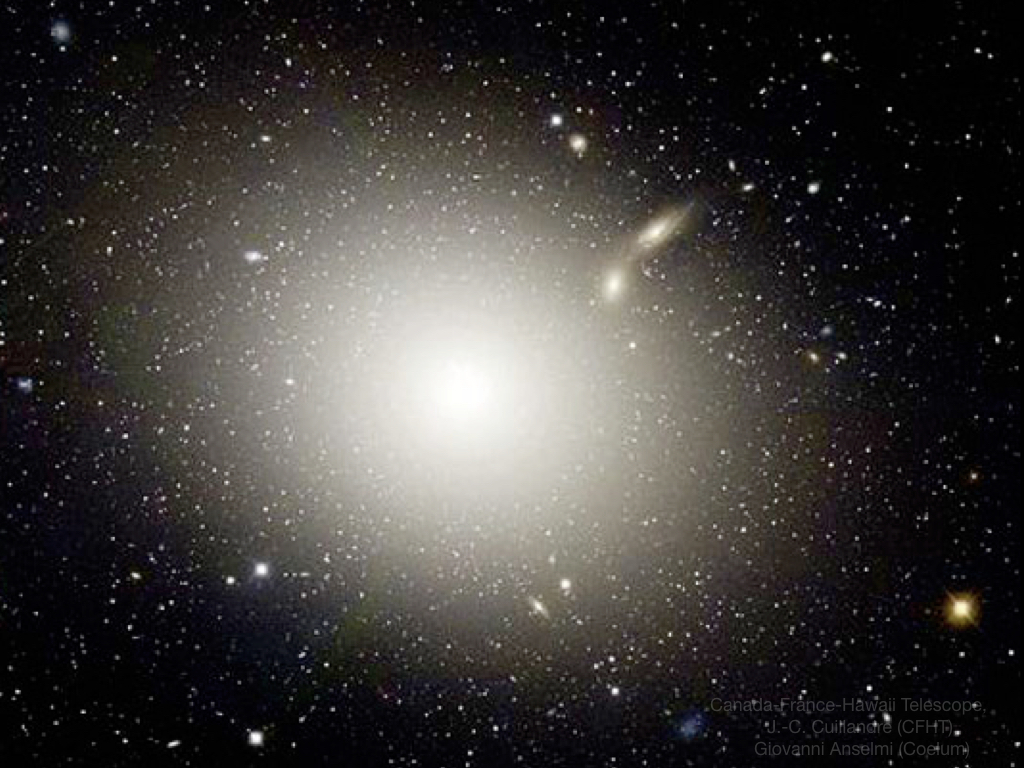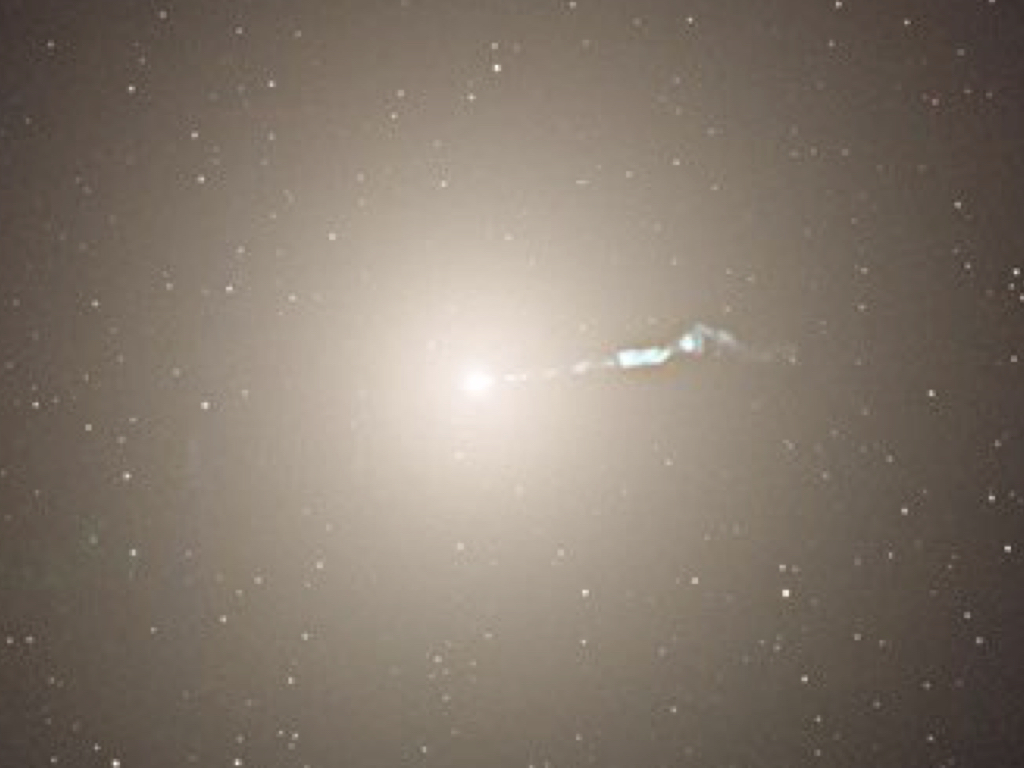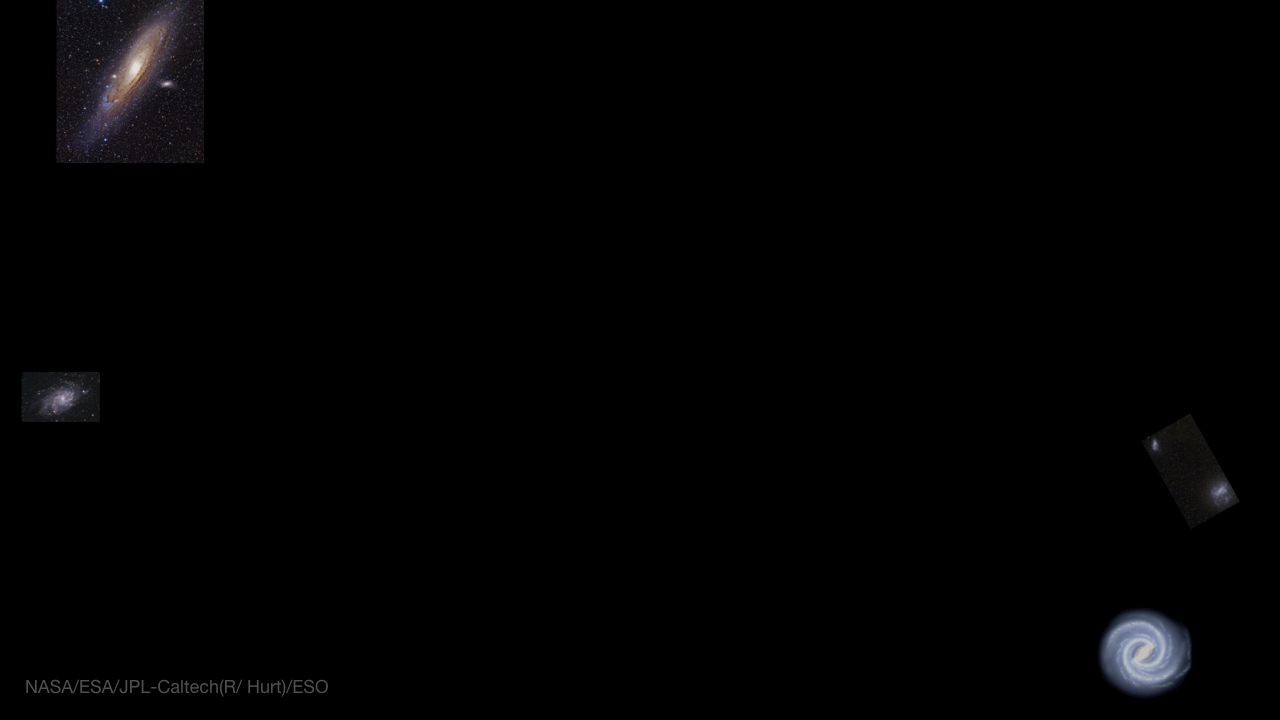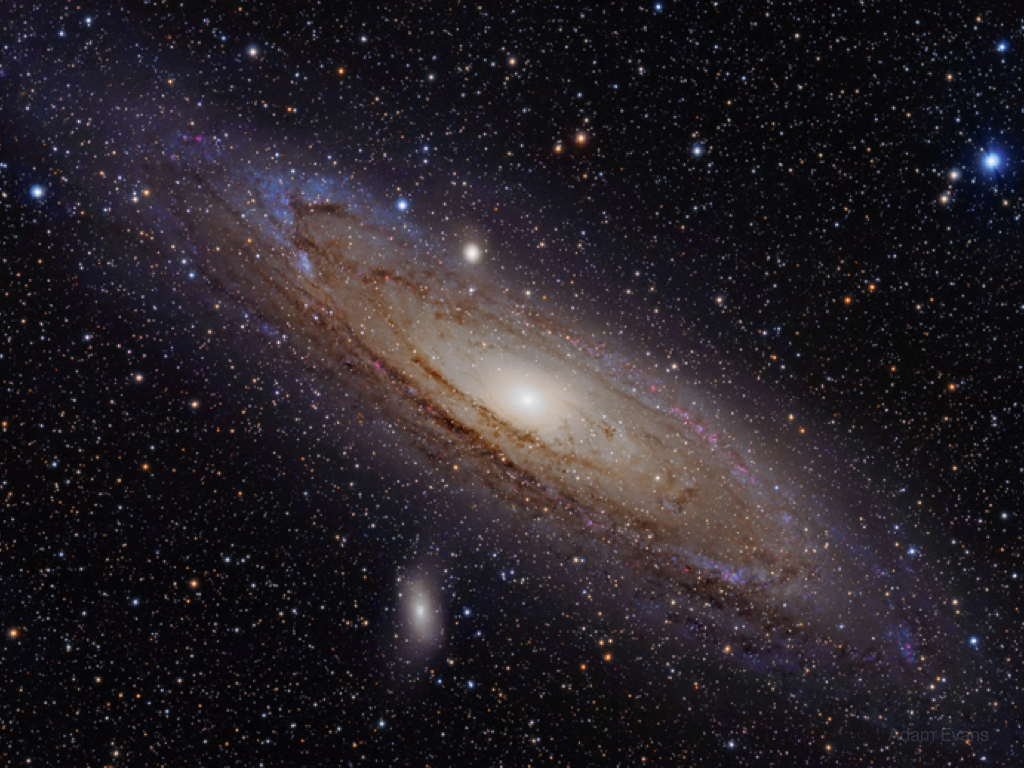No Nearby Nasty Supermassive Black Holes
Medical doctors tell us that it is not good for our health and wellbeing to possess a pot belly. They warn us, too, that the bigger the pot belly in proportion to our total body weight the greater the impact on our health, wellbeing, and longevity. As it is for human beings, so, too, for galaxies.
Galaxies, like humans, possess a core where a significant proportion of their total mass resides. Unlike humans, part of a galaxy’s core mass becomes super dense. When that nucleus collapses it forms a supermassive black hole.
A supermassive black hole (SMBH) has a mass that exceeds one million times the Sun’s mass. All medium, large, and giant galaxies possess a SMBH in the central part of their core. Dwarf galaxies and globular clusters also possess massive central black holes in their cores, though these black hole masses typically range between a few thousand and a few million times the Sun’s mass.
The number and density of stars and gas clouds in galaxies’ nuclear cores make SMBHs inevitable. The regions just beyond the event horizons of the largest SMBHs rank as the brightest in the entire universe. A black hole’s event horizon is the distance from the black hole’s center from which nothing, not even light, can escape. From an outside observer’s perspective everything inside a black hole’s event horizon looks black. Hence, the appellation “black hole.”
SMBHs in Other Galaxies
A few weeks ago, astronomers captured the first-ever image of a black hole’s event horizon(see figure 1).1 This particular black hole sits at the center of the supergiant galaxy M87 and has a mass equal to 6.5 billion solar masses.2 M87 is the nearest galaxy (53.5 million light-years away) with a SMBH in excess of 1 billion solar masses.

Figure 1: Event Horizon of M87’s Supermassive Black Hole.
Image credit: Event Horizon Telescope Team
It is a good thing that we do not reside any closer to M87 (see figure 2) than we do (we noted their brightness). The mass of the gas being sucked toward the event horizon of such an SMBH gets converted into pure energy with greater than 10% efficiency. For comparison, the nuclear furnace in the core of the Sun converts matter into energy with 0.07% efficiency. The radiation emanating from just outside M87’s SMBH (see figure 3) is so extremely intense and deadly that no life is possible in any of the galaxies nearby to M87. Our Milky Way Galaxy (MWG) is barely far enough away that human health and civilization are unaffected.

Figure 2: Supergiant Galaxy M87
M87 resides in the central part of the Virgo Cluster of galaxies. The thousands of small white dots in this image are not stars. Each one is a globular cluster that contains hundreds of thousands to several million stars plus an intermediate-mass black hole with a mass many thousands of times greater than the Sun’s mass.
Image credit: Canada/France/Hawaii Telescope/Coelum

Figure 3: Extremely Intense and Deadly Radiation from M87’s Nuclear Core. Image credit: NASA/ESA/STScI/AURA
M87 is not alone in possessing a billion-plus-solar-mass SMBH. Astronomers cannot directly measure the masses of the SMBHs that power all quasars and blazars, but we do know that the energy output of quasars and blazars demands nothing less than SMBHs weighing in at billions of solar masses.
The most massive SMBH yet discovered and directly measured weighs in at 17 billion solar masses.3 This monster belongs to the galaxy NGC 1600. Again, critical to our existence is that the MWG is not close to a quasar, a blazar, or NGC 1600.
SMBH in the Andromeda Galaxy
The MWG resides in the Local Group (see figure 4). The Local Group is exceptional among galaxy clusters in that it contains no giant galaxies and only two large galaxies, ours and the Andromeda Galaxy (see figure 5). It is exceptional, too, in that its large galaxies are far apart from one other.

Figure 4: Map of the Local Group of Galaxies
The Milky Way Galaxy is in the lower right of the image and the Andromeda Galaxy in the upper left. The small spiral galaxy, the Triangulum Galaxy, is below and slightly left of the Andromeda Galaxy. The next two largest galaxies in the Local Group, the Large and Small Magellanic Clouds are above the MWG.
Image credits: NASA/ESA/JPL-Caltech; map credit: Hugh Ross

Figure 5: Andromeda Galaxy. Image credit: Adam Evans, Creative Commons Attribution
The Andromeda Galaxy’s exceptional distance also benefits us. The SMBH in the Andromeda Galaxy weighs in at 50–140 million times the Sun’s mass.4 Thus, its radiation output eliminates the Andromeda Galaxy as a possible candidate to host advanced life. If the MWG were much closer to Andromeda, it too would be unable to host long-term advanced life. It is also fortunate for us that Andromeda’s SMBH is presently in an exceptionally quiescent state (very low radiation activity state).5
The masses of the SMBHs in M87 and the Andromeda Galaxy are not unusually large. They are typical for galaxies possessing their characteristics. What is unusual is the great distance of the Local Group from the center of the Virgo Cluster of galaxies and the great distance between the MWG and Andromeda. The paucity of giant and large galaxies in the vicinity of our galaxy is also unusual. Because of these remarkably unusual features, life on Earth is protected from the deadly radiation emanating from the SMBHs of external galaxies. In next week’s blog, I will describe the MWG’s own unique SMBH.
Featured image: Artist’s Conception of a Supermassive Black Hole With an Accretion Disk and Emitting a Relativistic Jet
Image credit: European Southern Observatory
Check out more from Reasons to Believe @Reasons.org
Endnotes
- Event Horizon Telescope Collaboration, “First M87 Event Horizon Telescope Results. I. The Shadow of the Supermassive Black Hole,” Astrophysical Journal Letters 875, no. 1 (April 10, 2019): id. L1, doi:10.3847/2041-8213/ab0ec7; Event Horizon Telescope Collaboration, “First M87 Event Horizon Telescope Results. VI. The Shadow and Mass of the Central Black Hole,” Astrophysical Journal Letters 875, no. 1 (April 10, 2019): id. L6, doi:10.3847/2041-8213/ab1141.
- Event Horizon Telescope Collaboration, “First M87 Event Horizon Telescope Results. VI. The Shadow and Mass of the Central Black Hole,” Astrophysical Journal Letters 875, no. 1 (April 10, 2019): id. L6, doi:10.3847/2041-8213/ab1141.
- Jens Thomas et al., “A 17-Billion-Solar-Mass Black Hole in a Group Galaxy with a Diffuse Core,” Nature 532 (April 21, 2016): 340–42, doi:10.1038/nature17197.
- Zhiyuan Li et al., “The Murmur of the Hidden Monster: Chandra’s Decadal View of the Supermassive Black Hole in M31,” Astrophysical Journal Letters 728 (February 10, 2011): id. L10, doi:10.1088/2041-8205/728/1/L10; R. B. Menezes, J. E. Steiner, and T. V. Ricci, “Discovery of an Hα Emitting Disk around the Supermassive Black Holwe of M31,” Astrophysical Journal Letters 762 (January 10, 2013): id. L29, doi:10.1088/2041-8205/762/2/L29; Ralf Bender et al., “HST STIS Spectroscopy of the Triple Nucleus of M31: Two Nested Disks in Keplerian Rotation around a Supermassive Black Hole,” Astrophysical Journal 631 (September 20, 2005): 280-300, doi:10.1086/432434.
- Li et al., “Murmur of the Hidden Monster,” p. 1.





